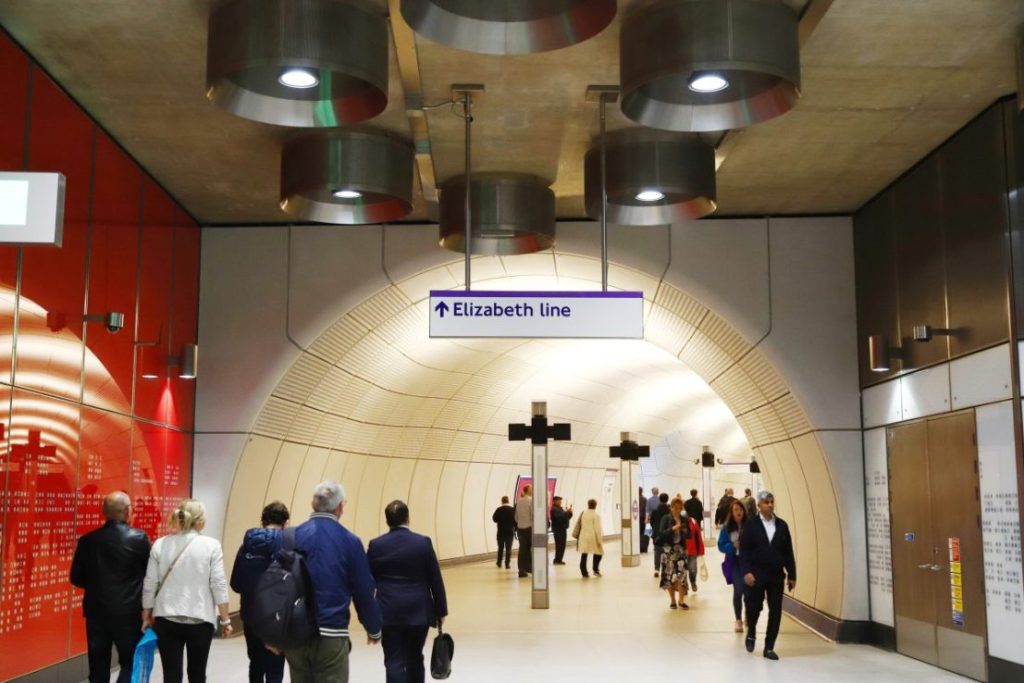Transport upgrade sends rents soaring near new Elizabeth line stops
Since the Elizabeth line launched in 2022, rental prices within walking distance of its stations have surged far beyond the London average. Lettings software firm Goodlord reports a 36% rise in rents around these newly connected areas, outpacing the roughly 25% increase seen across Greater London during the same period. As commuters flock to spots offering speedy journeys into the West End, landlords are raising prices, creating fresh rental “hotspots” on the Tube map.
Whitechapel and Abbey Wood top the rent hike charts
Certain stations have witnessed truly eye-watering increases:
- Whitechapel: Now just an eight-minute journey from Tottenham Court Road (down from 20 minutes in 2021), average monthly rents have rocketed by 73%, the steepest jump of any location served by the line.
- Abbey Wood: In southeast London, rents have climbed from £1,157 in early 2022 to £1,738 today, a 50% increase as residents trade affordability for faster links into central zones.
- Other stations such as [Custom Station A] and [Custom Station B] also saw hikes in excess of 40%, underlining the “station surge” effect described by Goodlord’s managing director Oli Sherlock.
New connections reshape commuter decisions
Improved journey times are driving renters to relocate further out, in search of “value” properties now deemed accessible. Sherlock explains: “When new transport connections open up, demand always spikes from renters hoping to pick up cheaper rents in newly well-connected areas. However, this surge ultimately pushes prices up even faster, as investors and landlords capitalise on the convenience premium.”
Londoners under pressure amid housing crisis
The knock-on effect of rising rents is a mounting affordability crisis for London residents:
- One in four Londoners say they may have to leave the capital within 12 months to find affordable housing.
- Only one in four believe there are enough suitable rental properties available within the city.
- On average, Londoners now spend 42% of their personal monthly income on rent or mortgage payments, far above the 30% safety threshold recommended by financial advisers.
As higher transport links attract new residents, existing tenants are squeezed, leading to tougher competition and escalating budgets for the average household.
Supply shortfall fuels future rental crunch
The rental market’s woes are compounded by a collapse in new affordable housing supply. A G15 report highlights a 66% drop in affordable home construction over the last two years, driven by:
- Post-Grenfell safety regulations, which have sharply increased building costs.
- A skilled labour shortage in the construction sector, delaying new developments.
- Planning delays and rising inflation, making projects less economically viable.
Without a sustained boost in supply, industry leaders such as rental giant Grainger warn that the crisis will only deepen over the next decade.
Commuter strategies and tenant responses
Faced with price hikes, some renters are adopting new tactics:
- Opting for shared housing or co-living arrangements to split costs.
- Trading space for connectivity—accepting smaller flats directly by an Elizabeth line station rather than larger homes further afield.
- Turning to remote-first roles or flexible working patterns to reduce commuting days and broaden search areas.
- Joining waiting lists for new-build developments in outer boroughs, hoping for pre-launch discounts.
Each strategy reflects the balancing act between desire for convenience and the hard reality of London’s rental market.
Looking ahead: policy and potential relief
Efforts to alleviate the crunch include calls for new rent control measures and increased public investment in social housing. The Greater London Authority has proposed:
- Rent stabilisation zones around key transport corridors to limit annual increases.
- Fast-track planning permission for affordable developments near existing Tube lines.
- Subsidies for first-time renters and low-income families impacted by transport-led surges.
While these initiatives could help cushion the blow, they require strong political backing and significant funding to take effect before the next wave of commuters floods the market.
